650km London to Land's End
Land’s End
Ride Overview
A Backpacking Adventure
To stand on the kingdom’s furthest south-western extremity and face the Atlantic’s soul-cleansing winds, having travelled from the nation’s capital, through the milky shires and across the Celtic moors, is one of the loveliest of things. Other lands have high mountains, horizon-stretching plains, deserts. There are countries where the history is older and the achievements of its people more noble. But England is a softer place, and its green pastures and gently rolling downs offer another vision of delight. Of all the rides, both long and short catalogued on this website, this is the one which gave the most pleasure.
That’s not to say that a week’s touring along a geological timeline from youthful London to the eon-ancient rocks of Cornwall is easy. For you ride on bumpy neolithic tracks, old Roman roads, miner’s paths and all but forgotten country lanes which are so narrow that you almost have to squeeze through. There’s over 8,000m of climbing and many of the hills are challengingly steep, if short in length.
Nature is usually given the credit for beauteous country. Here, it is mankind who has been the artist; hedgerows, stone walls, cottage gardens, domesticated cattle grazing in fields, the architecture of market towns, stately homes. And where there have been abuses, such as at Greenham Common where nuclear weapons were stored, or at the tin mines of Cornwall, mankind has sought to return its land-loan in a better condition than the one it inherited and some of Britain’s rarest plants are found in the shafts of the tin mines of Cornwall. The exclamations of the old winding house chimneys add an additional nobility and grandeur to an already magnificent sea-coast scene.
So make the journey. Quietly. It is not a route for fanfares. There are no cols to ‘bag’, no great epic endurance distances to cover. Ride slowly until on reaching those cliffs at the end of the world, where you’ll find yourself quietly fulfilled, perhaps more so than on any previous journey, and perhaps too, you’ll consider that the ‘Countenance Divine did truly shine forth upon the clouded hills’*.
*Jerusalem, by William Blake






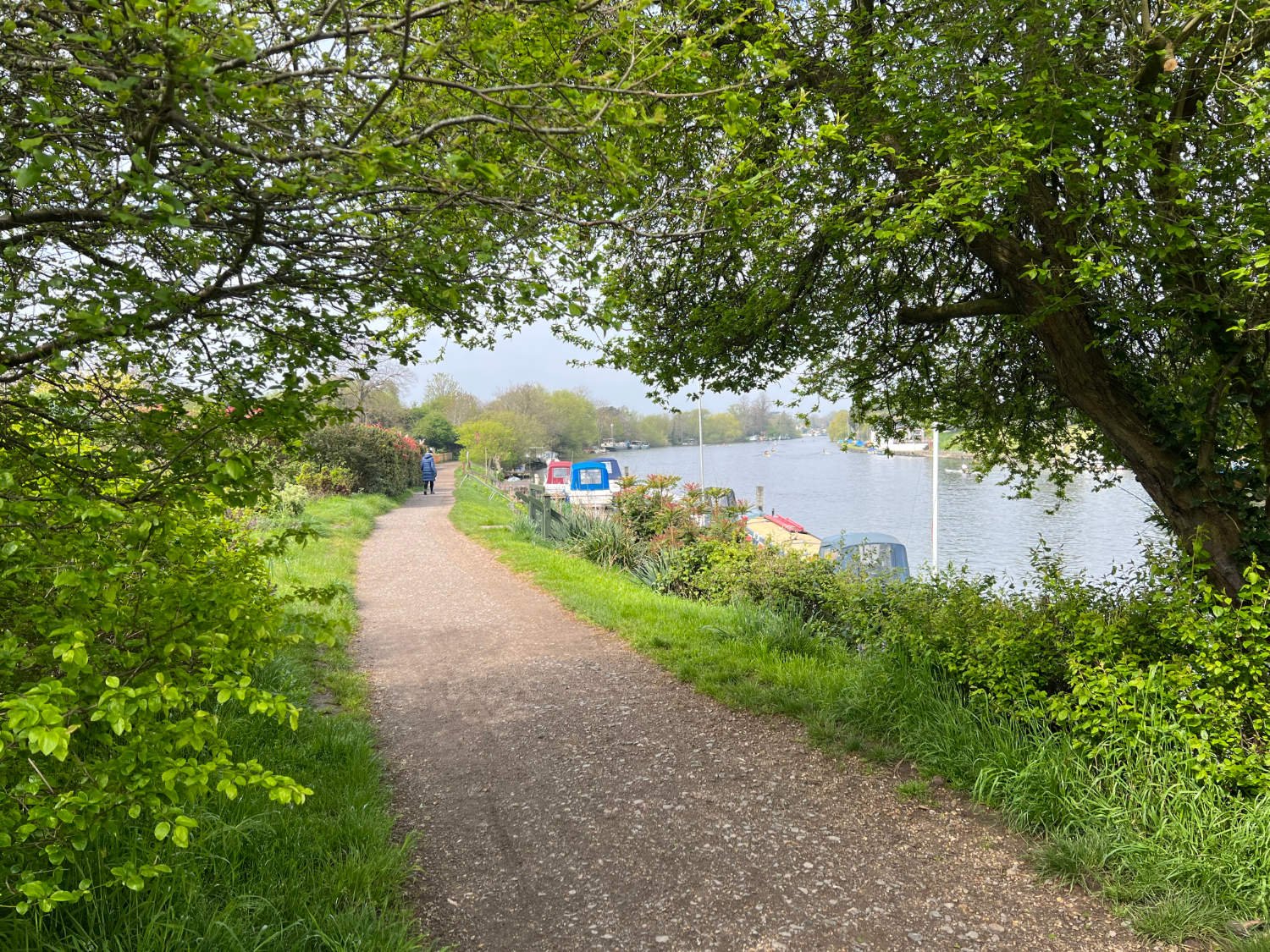

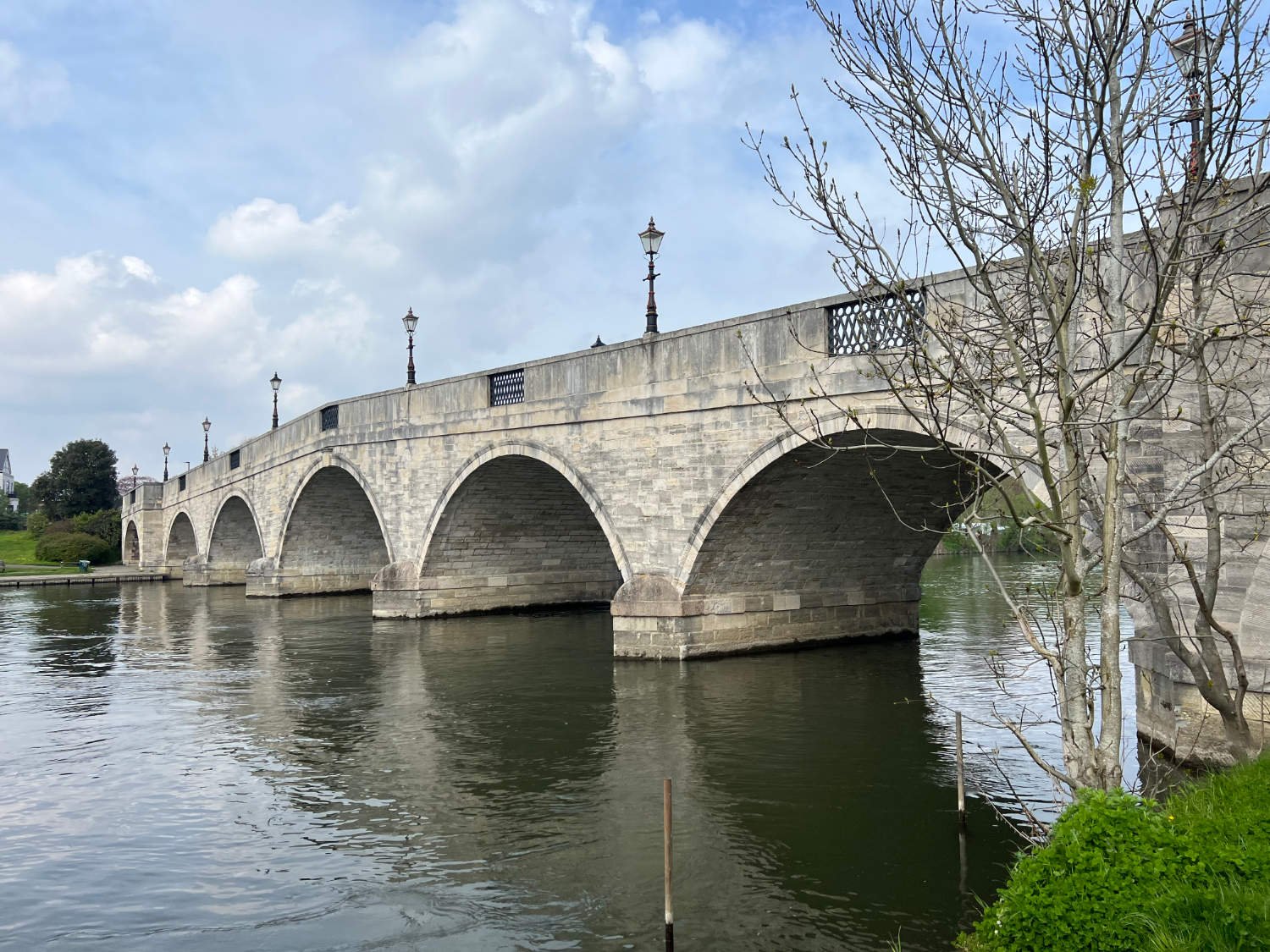


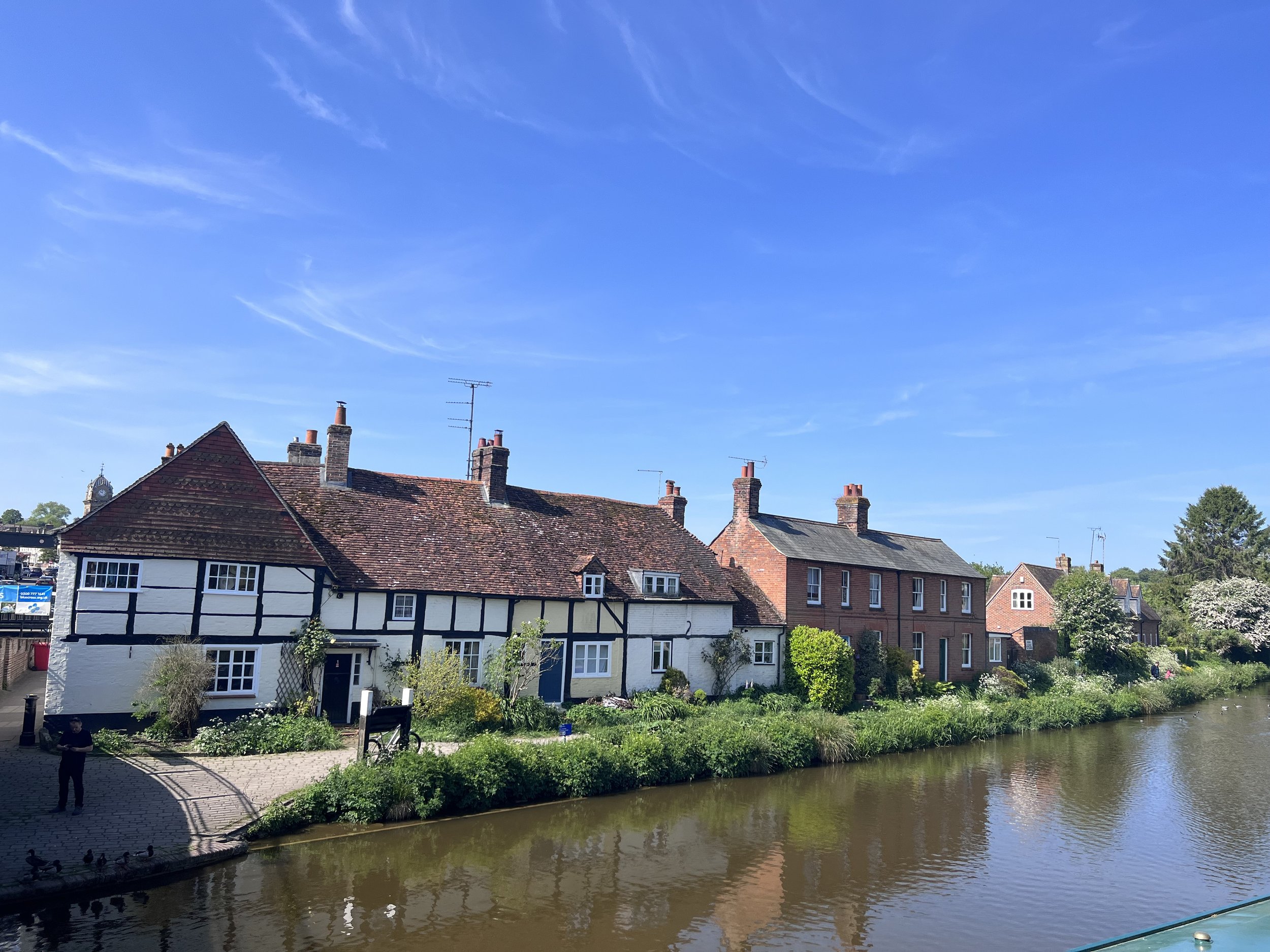



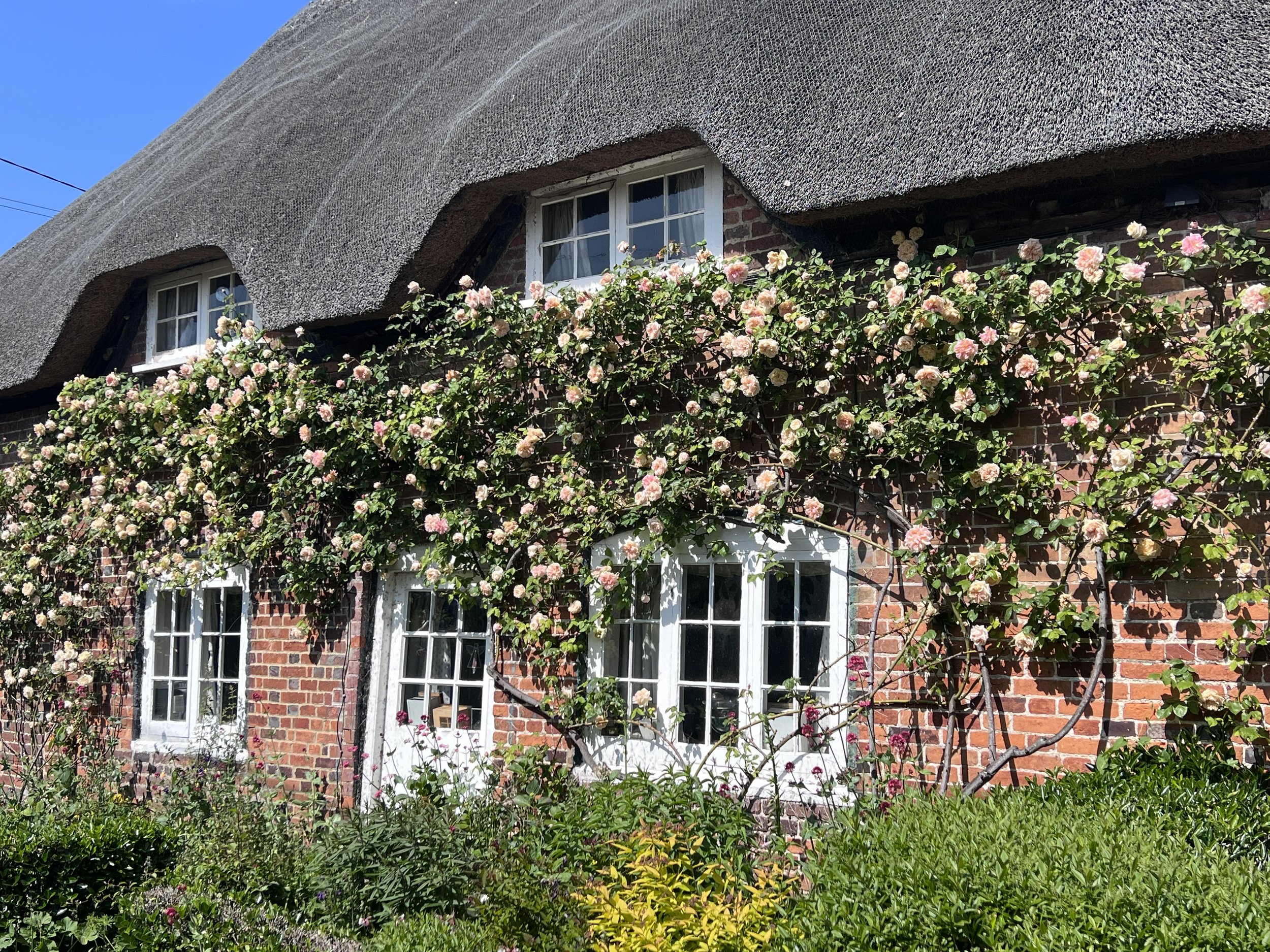

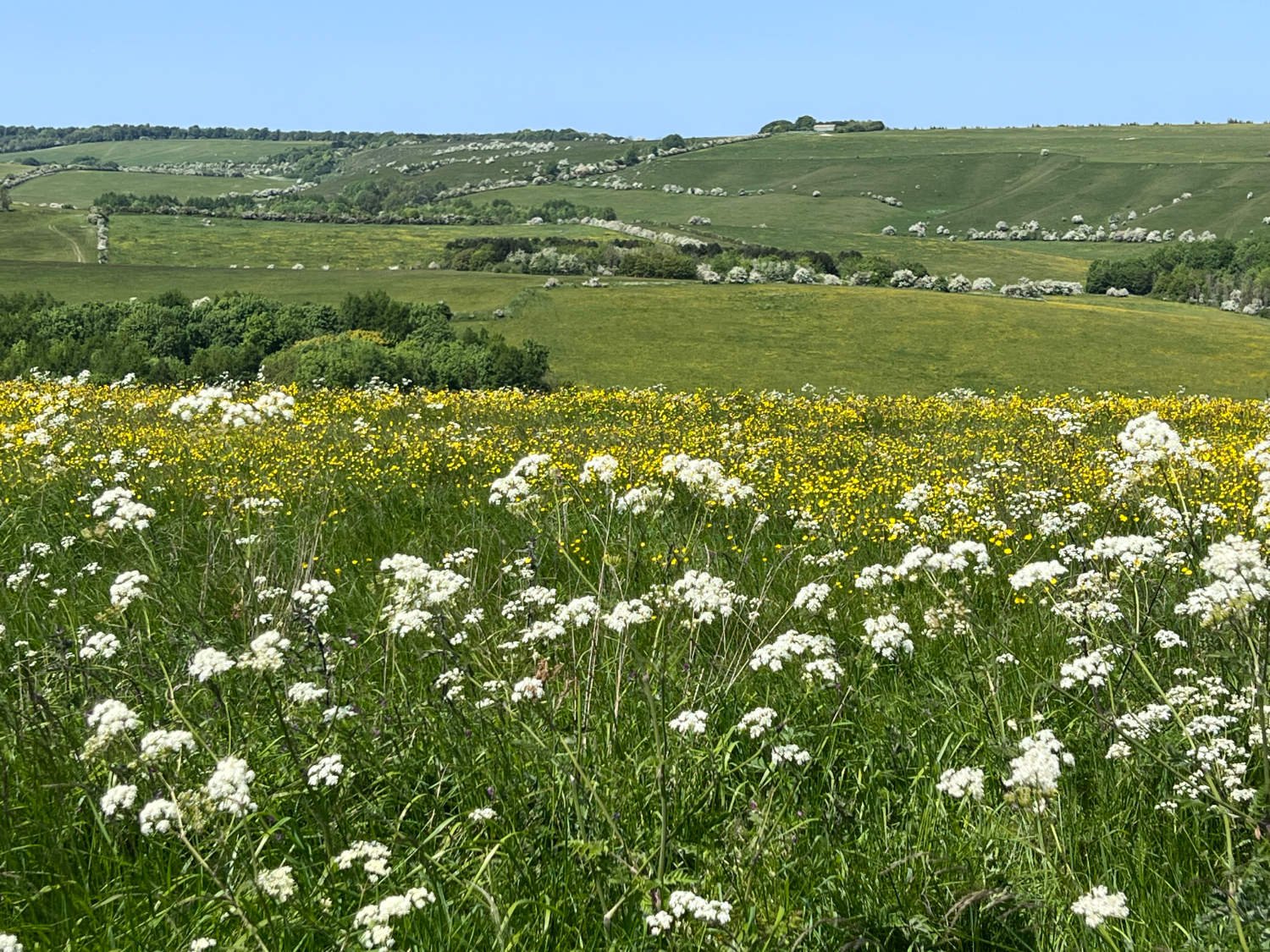
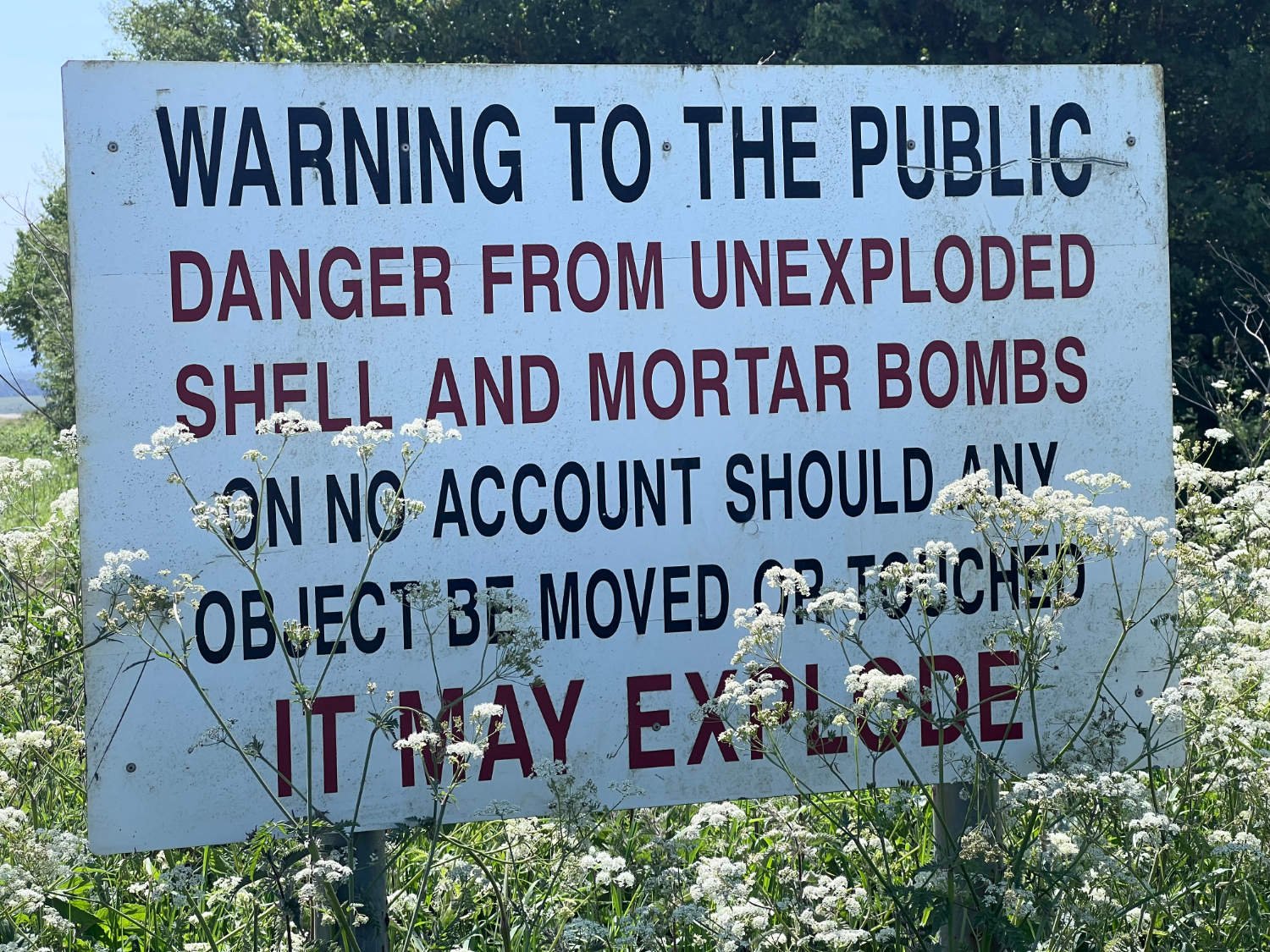

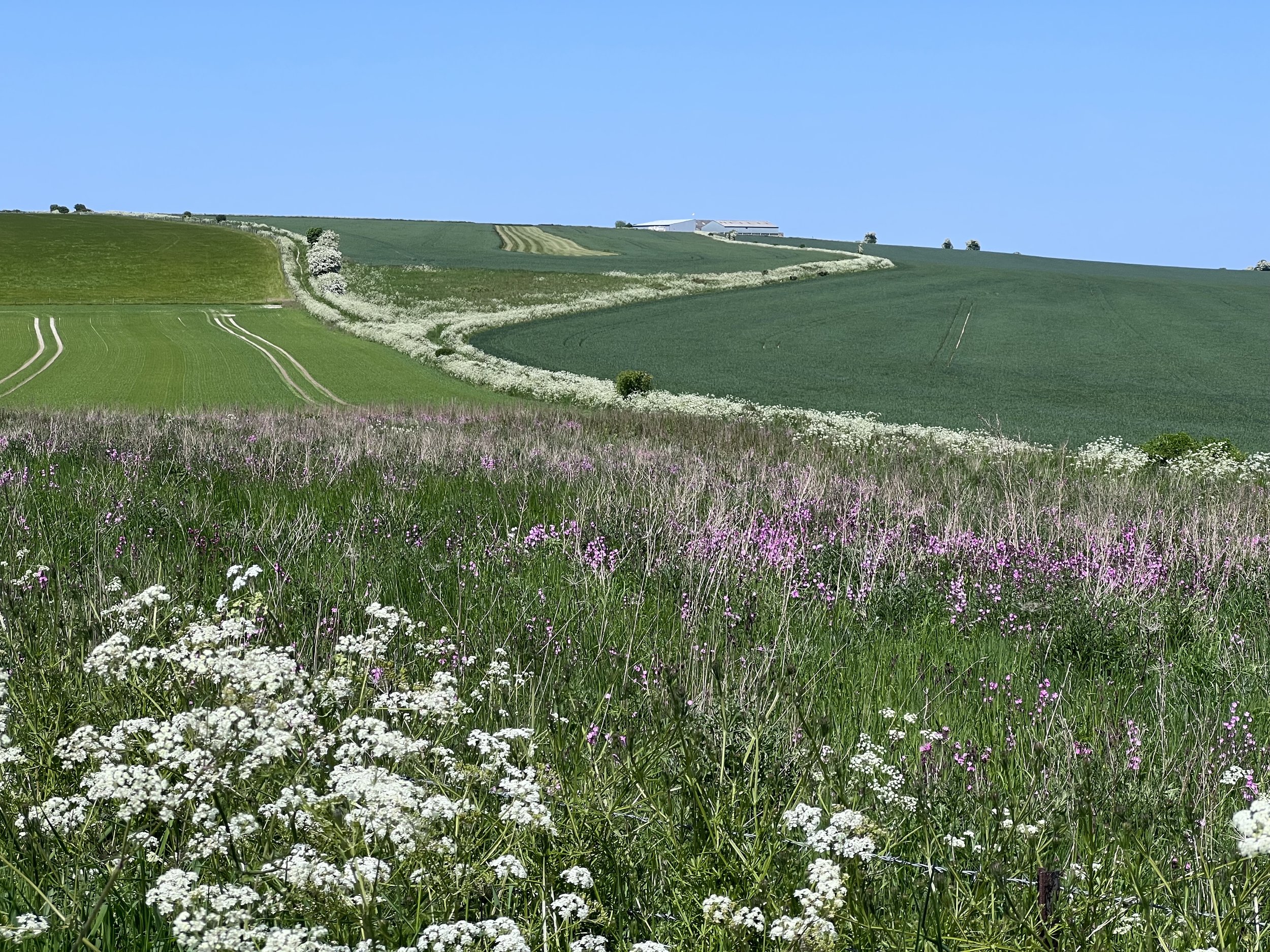
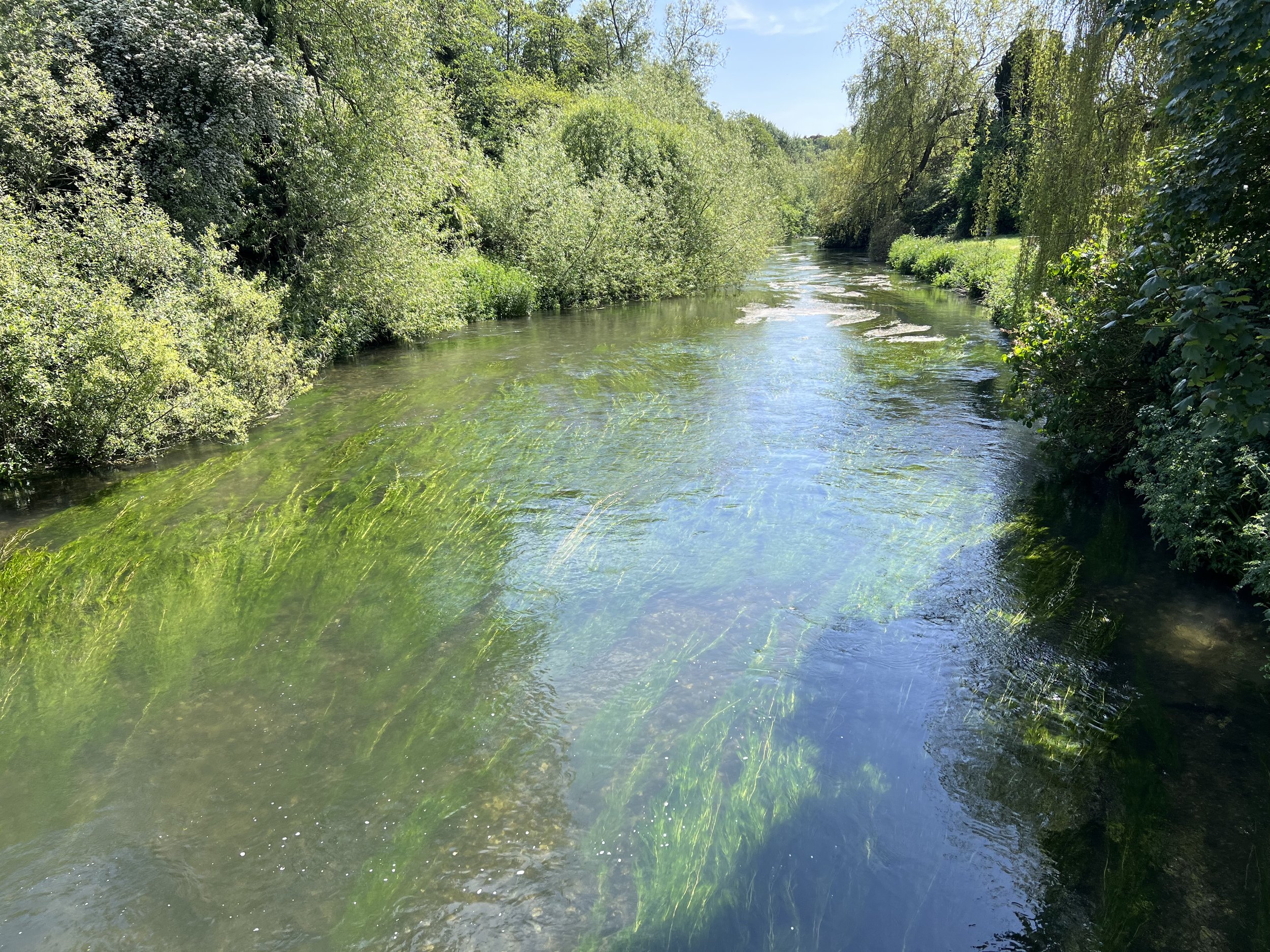
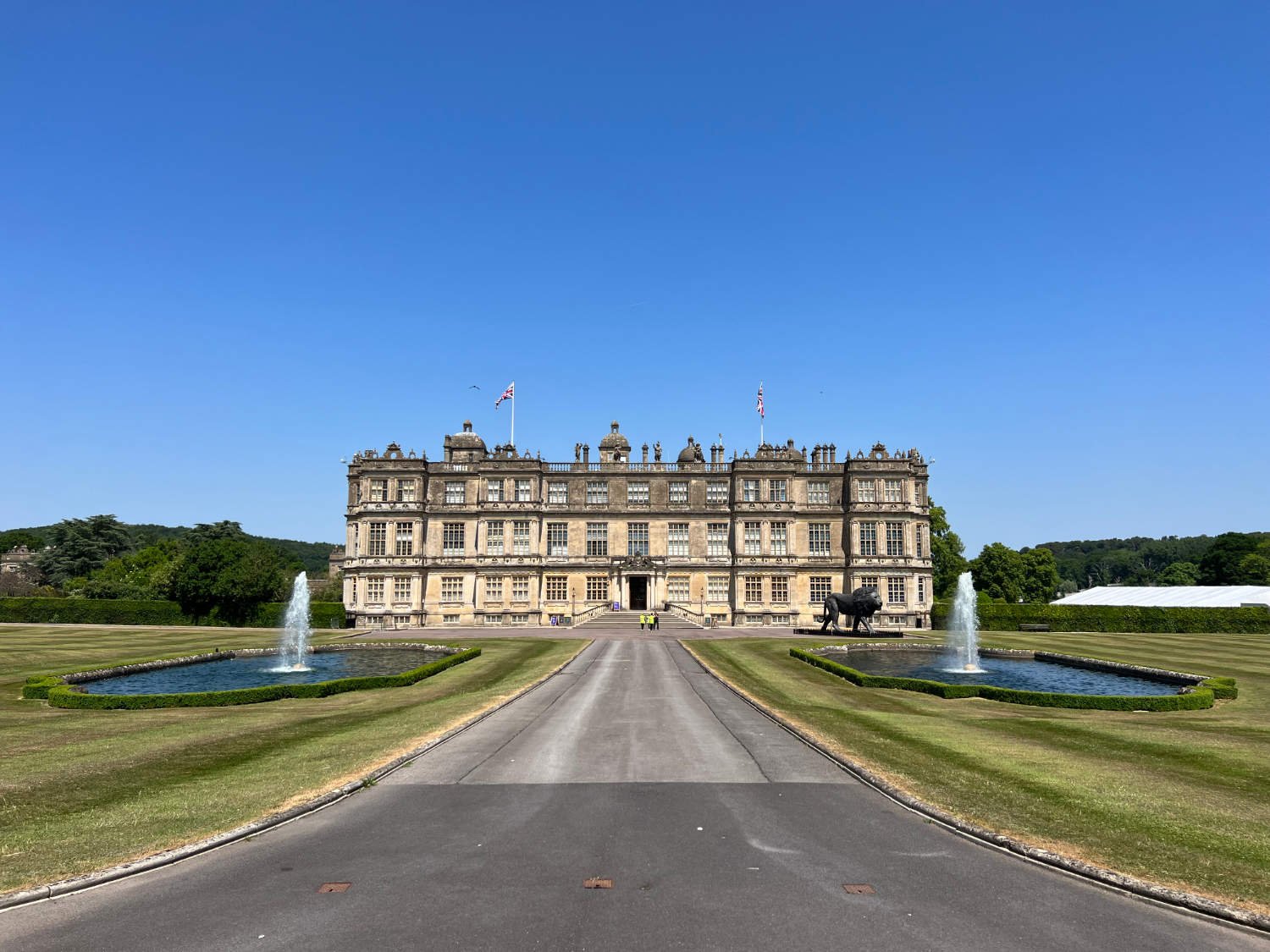

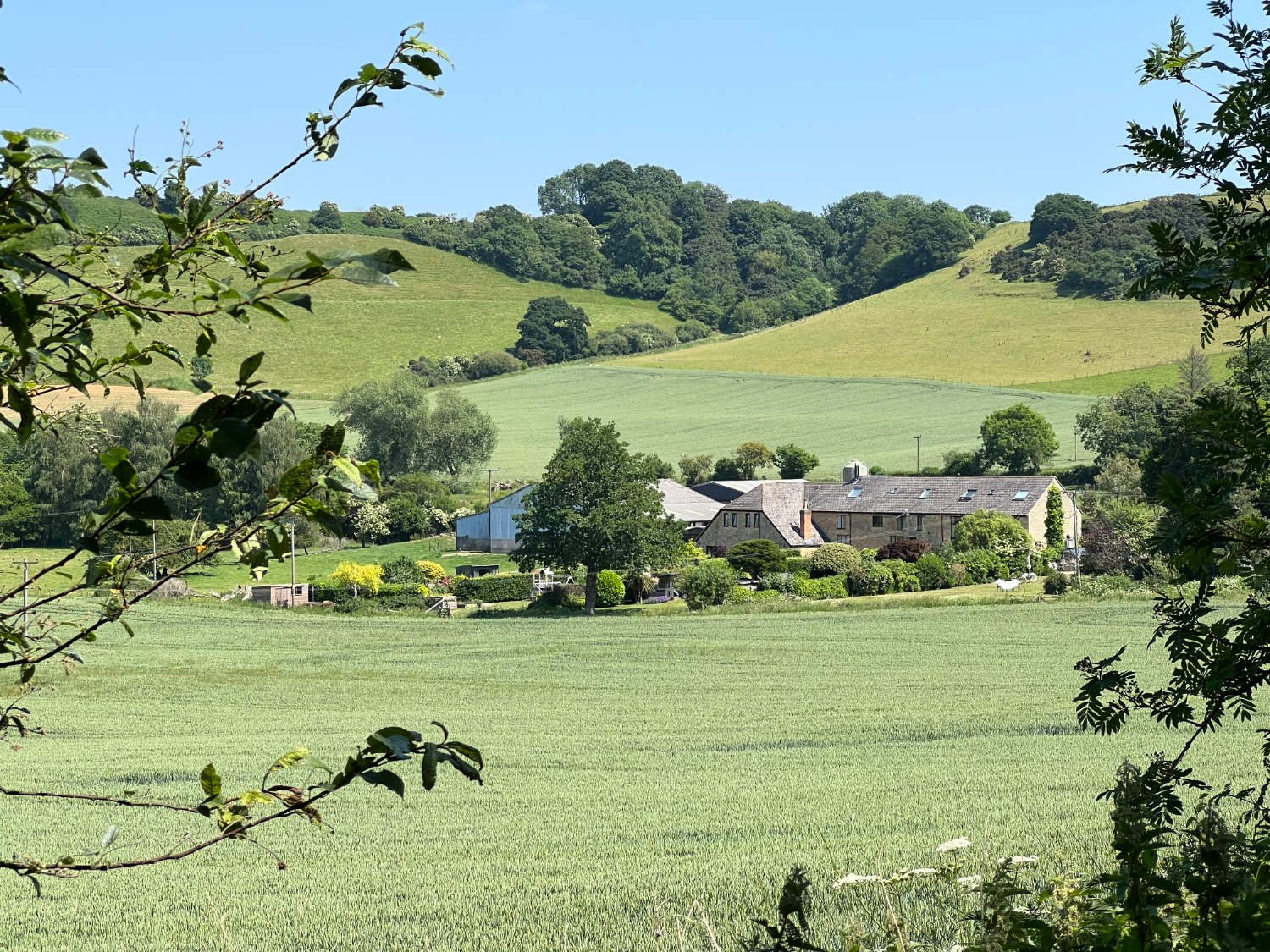
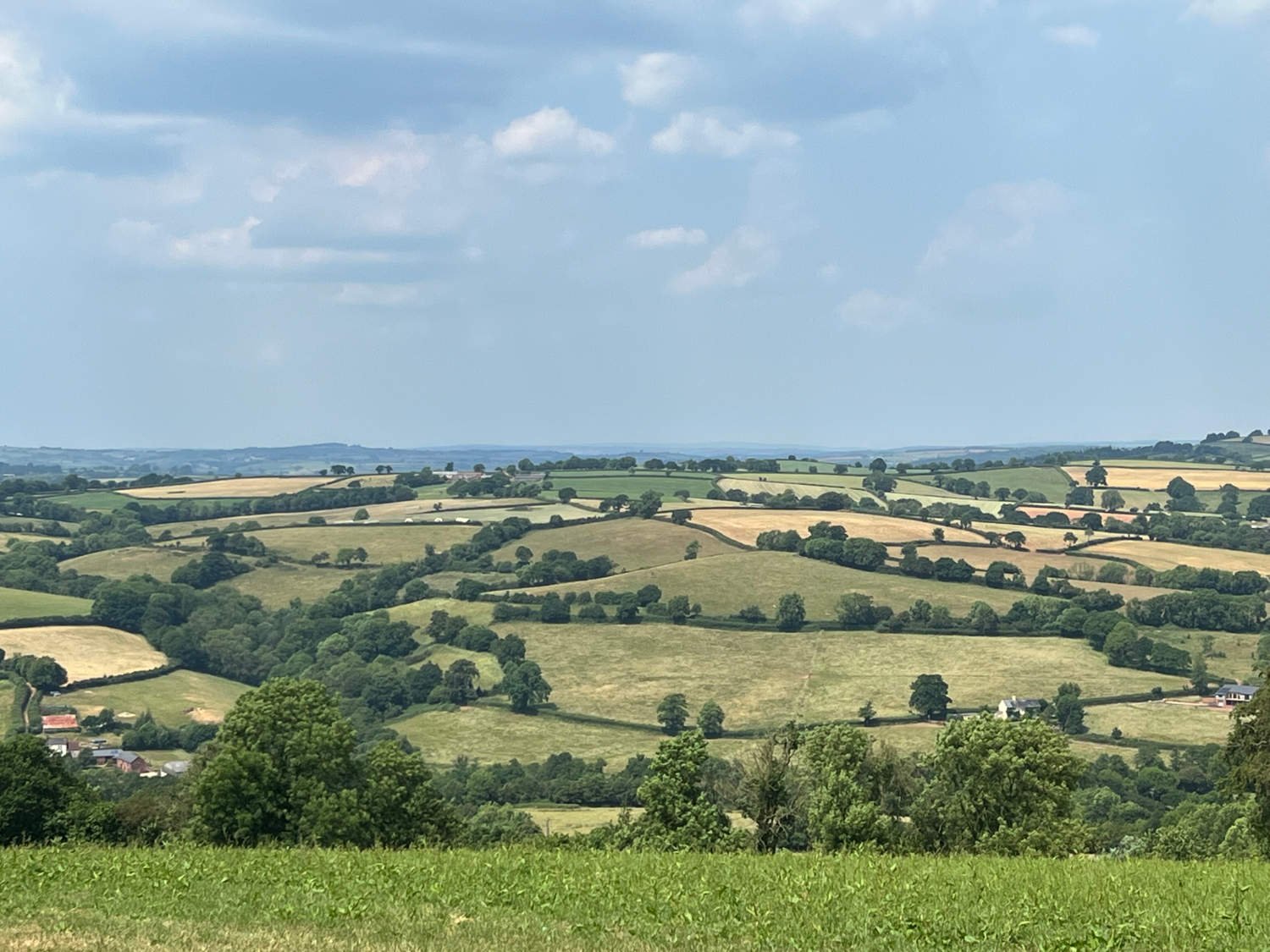


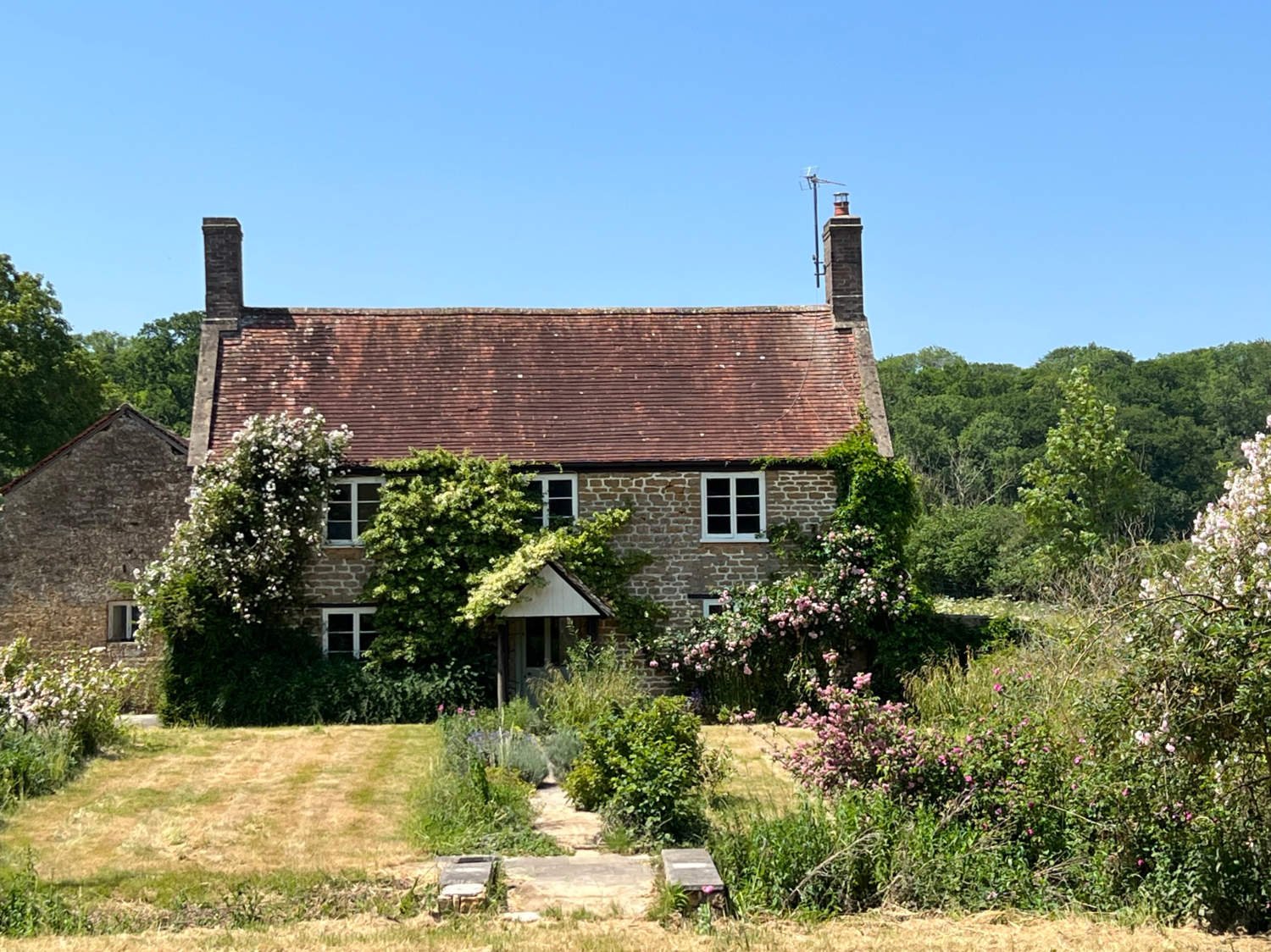
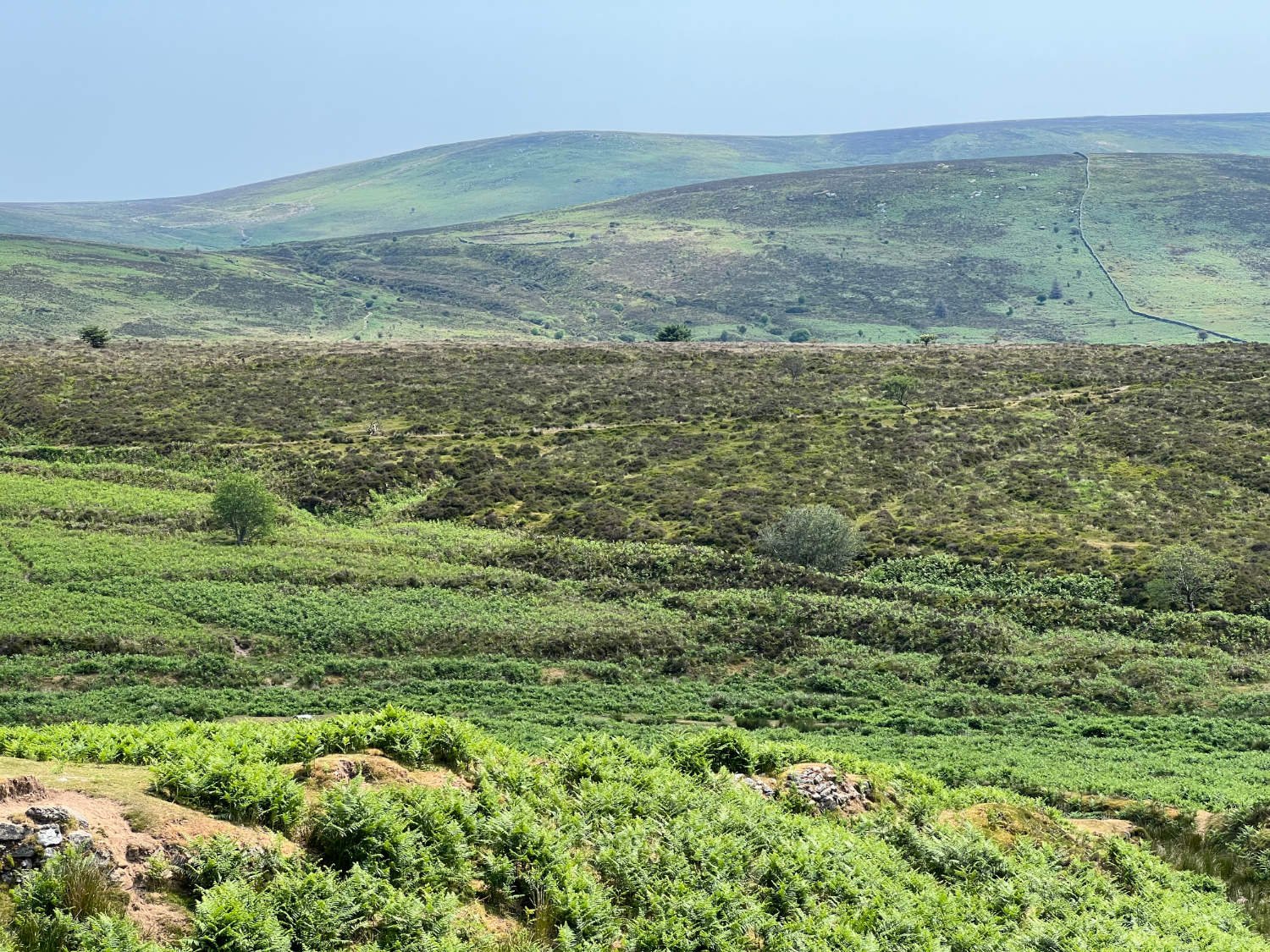
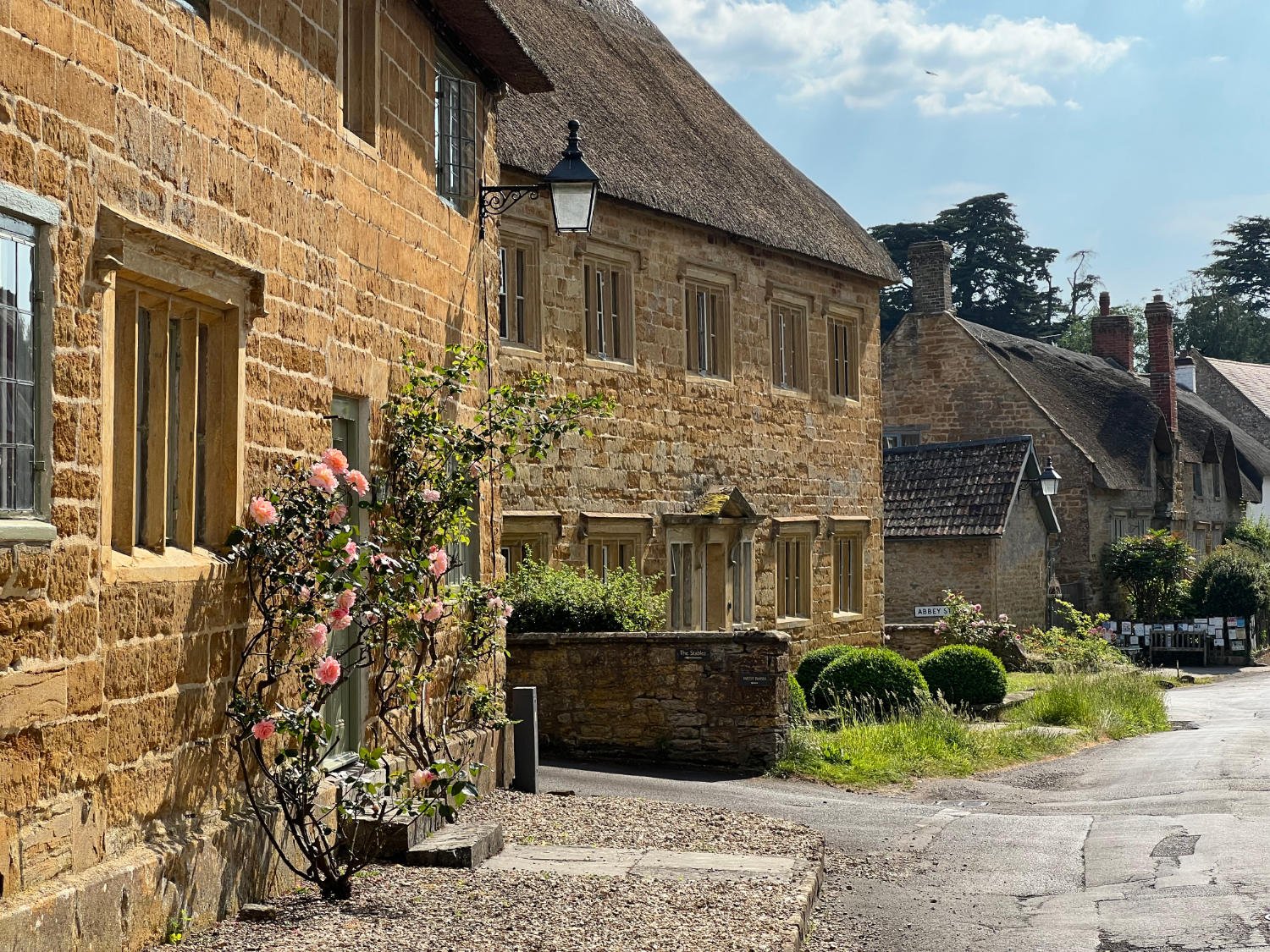

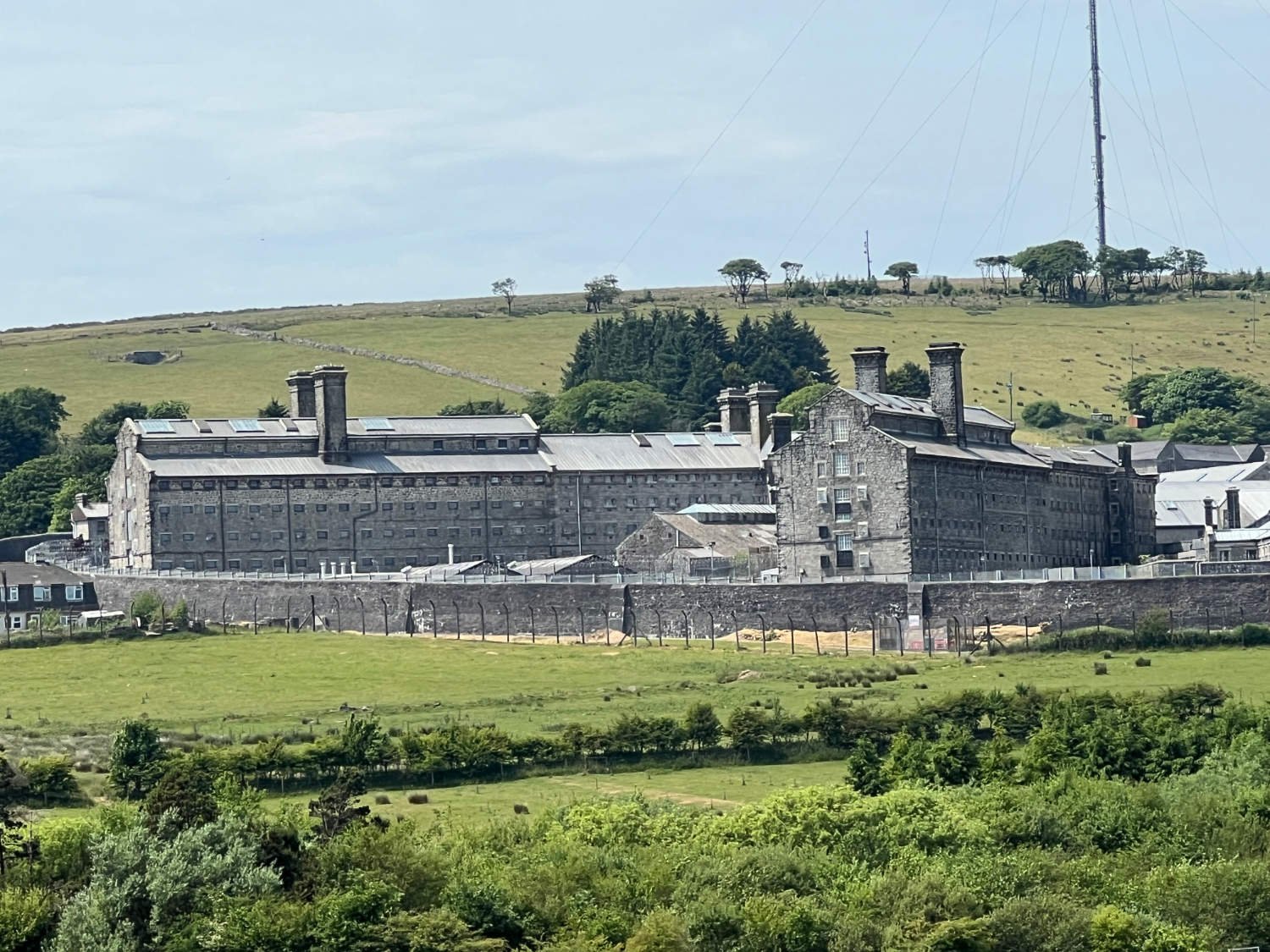
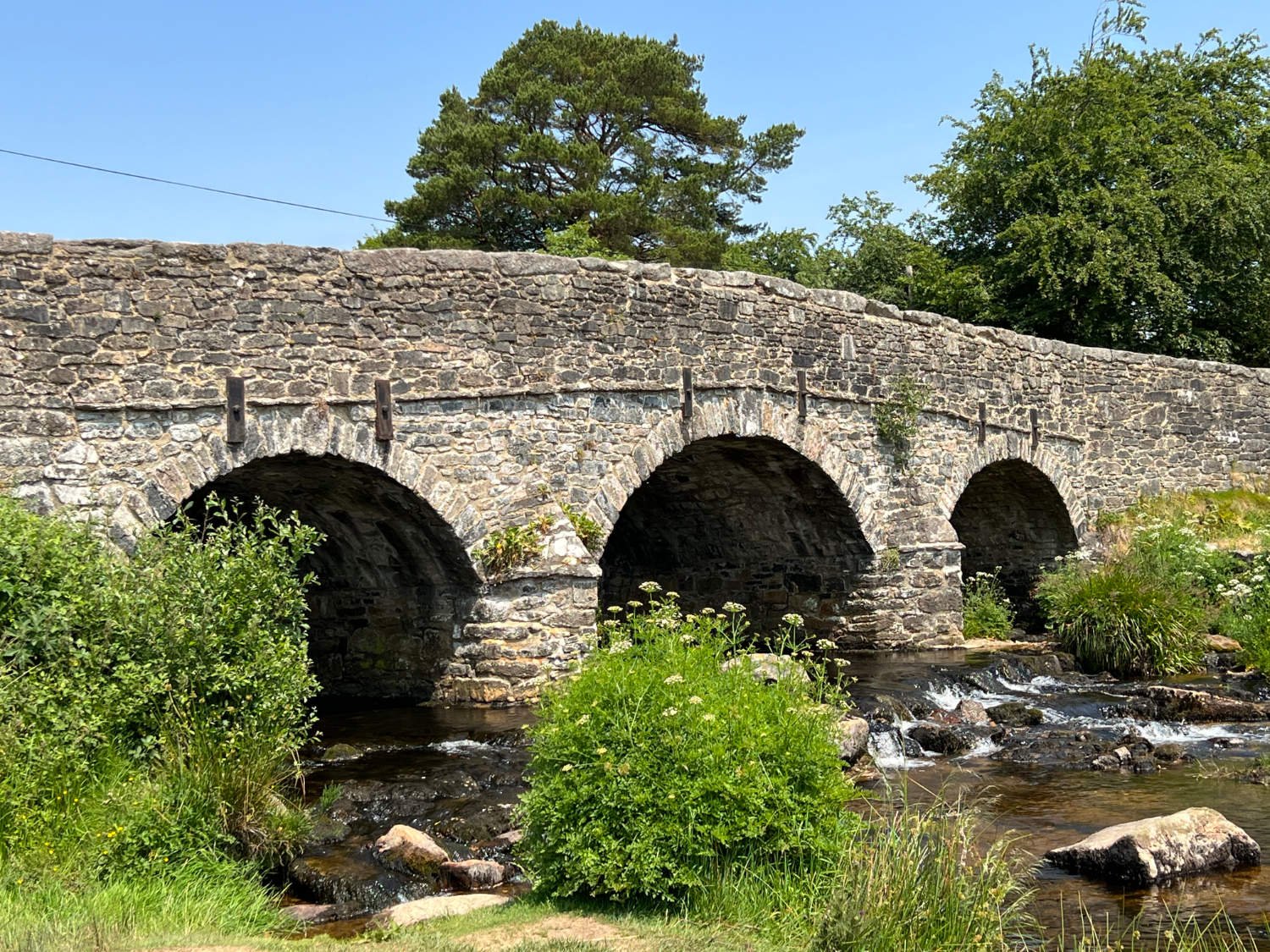


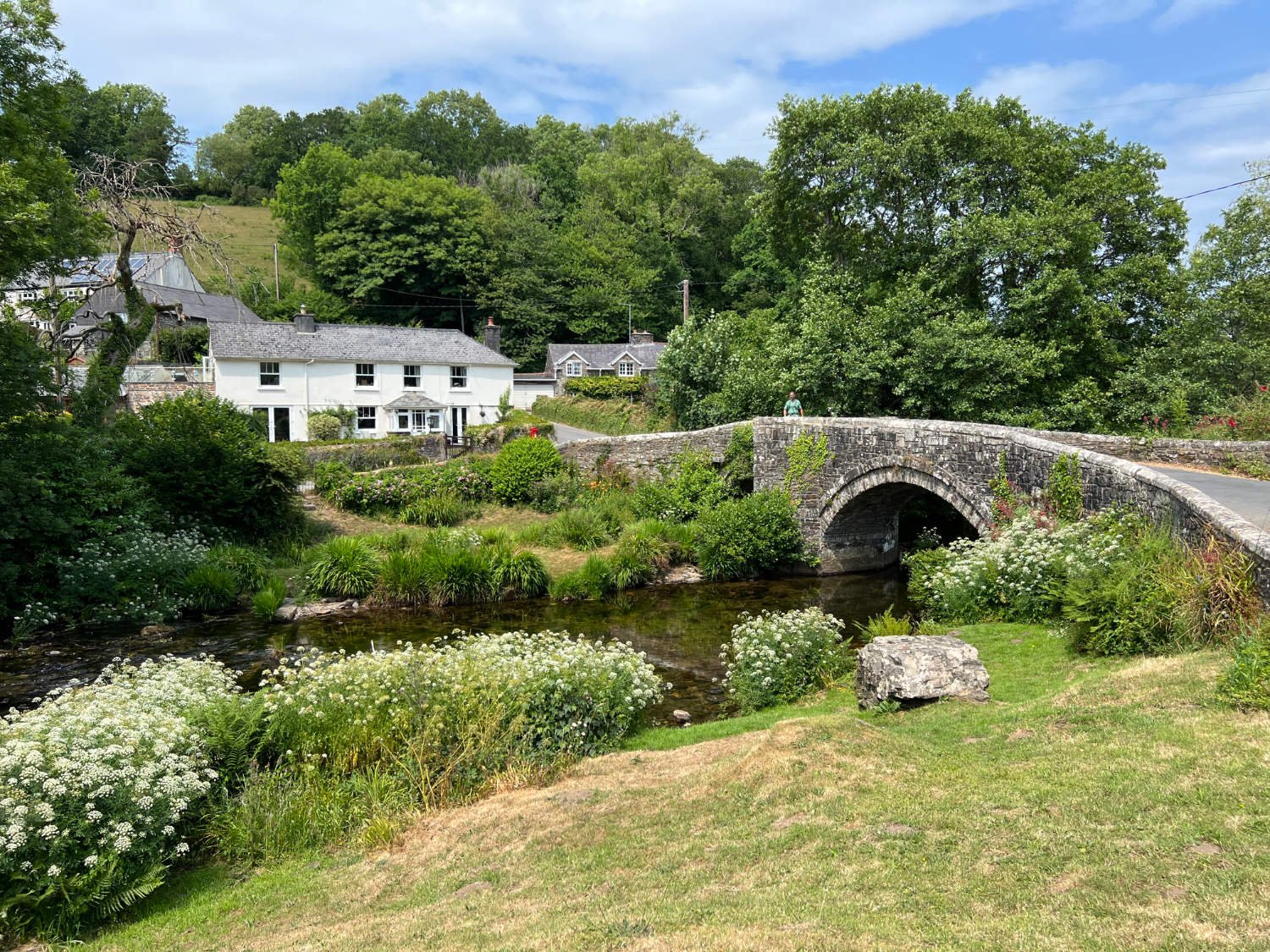
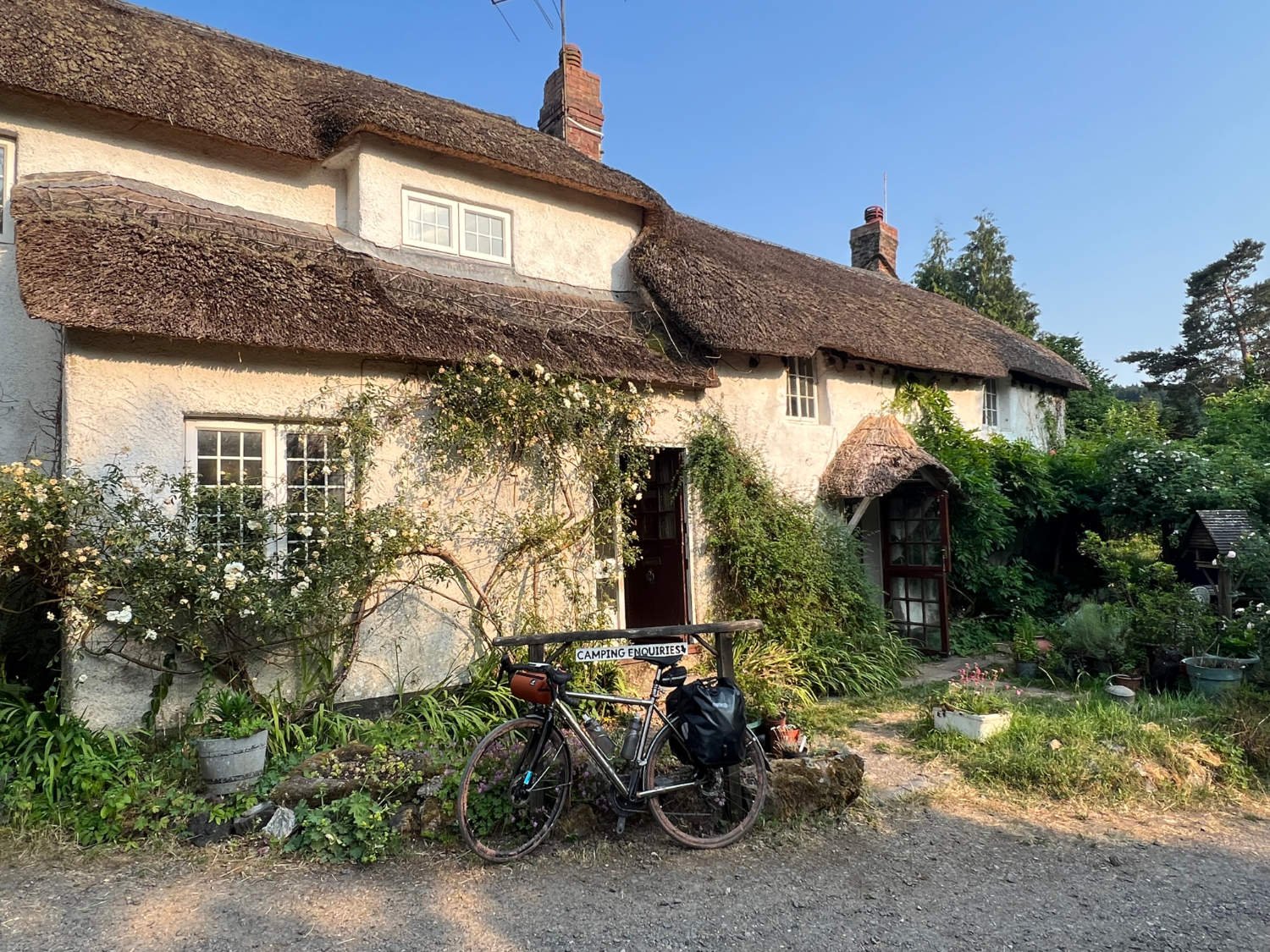
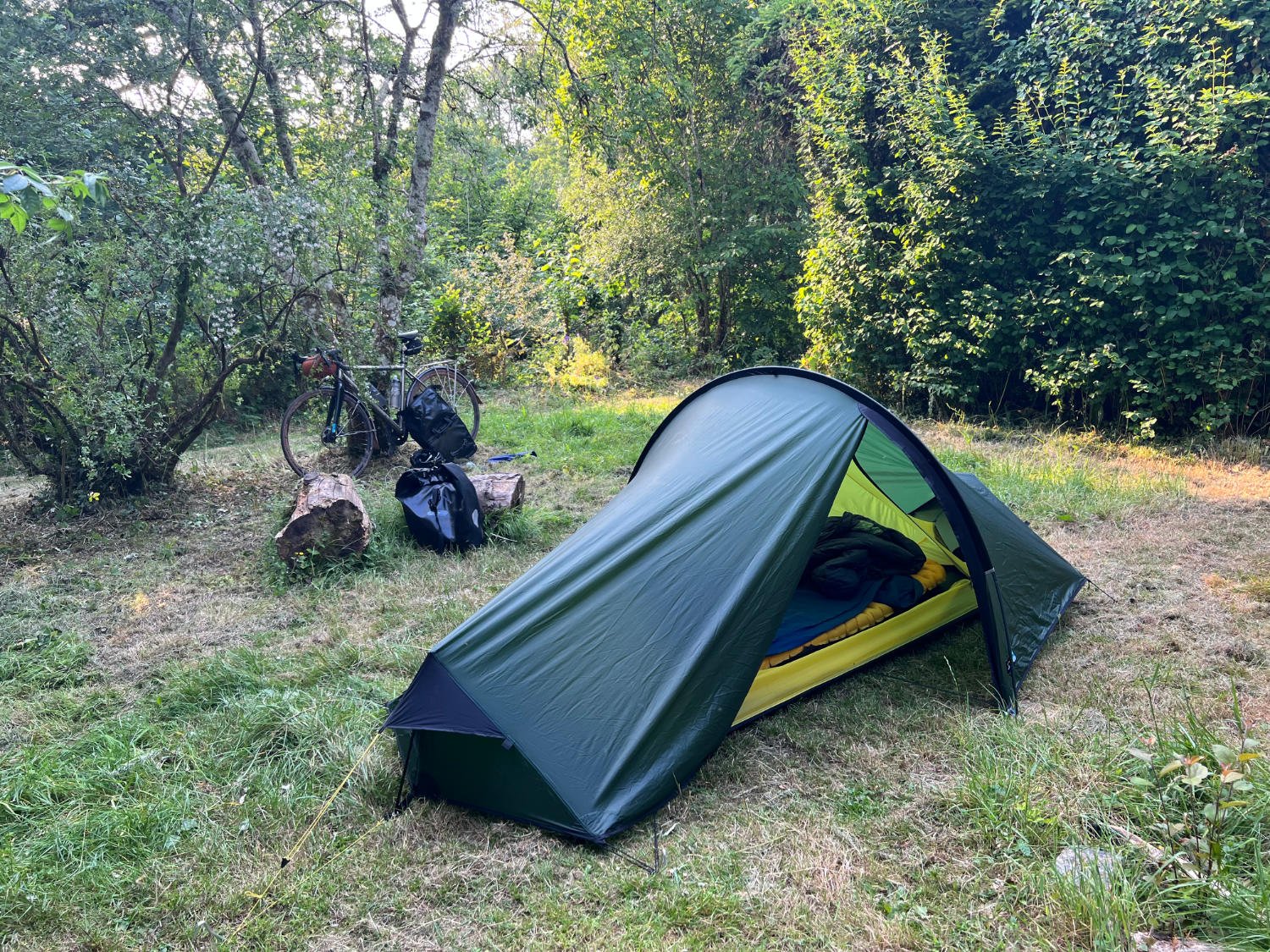




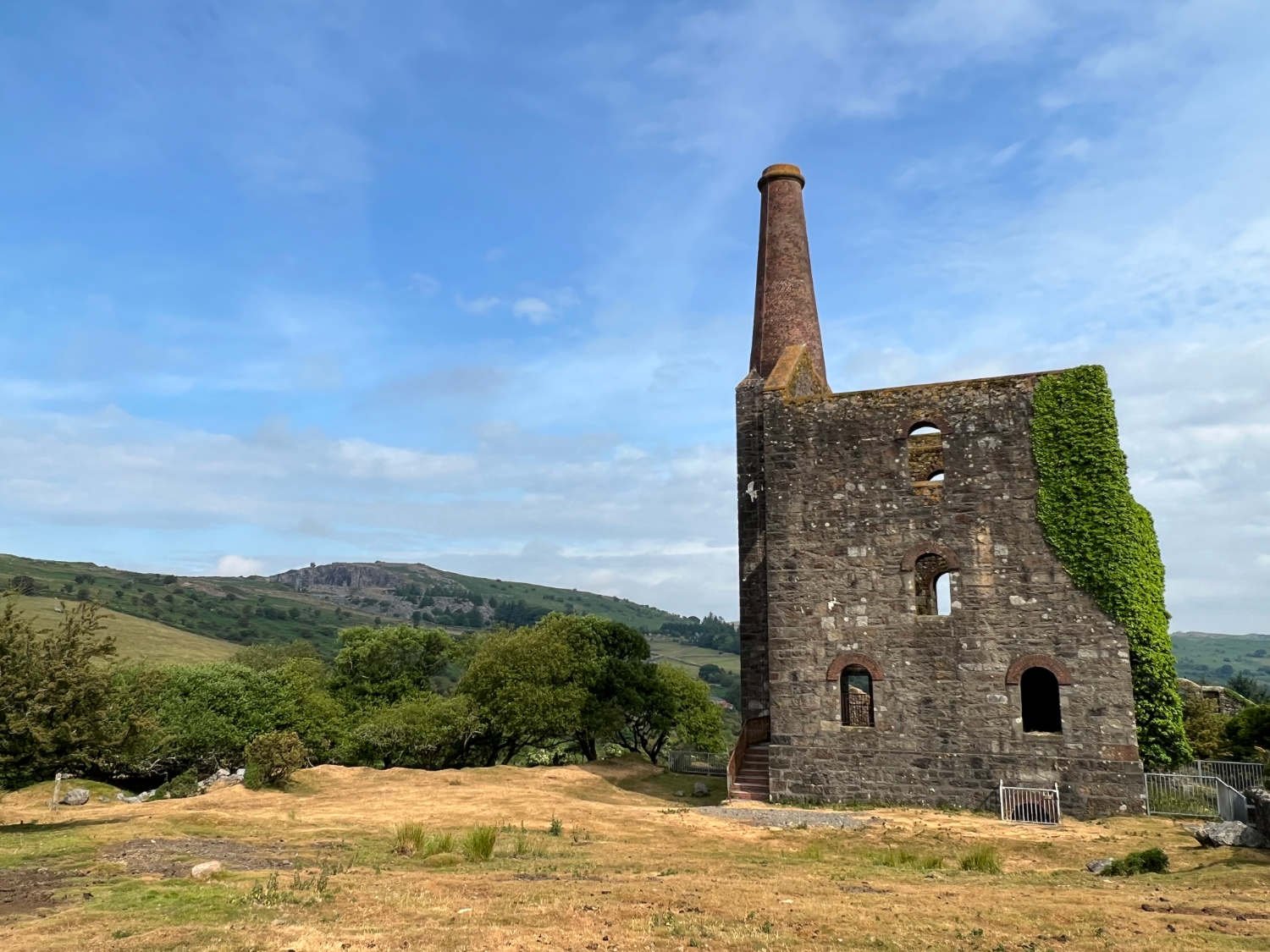


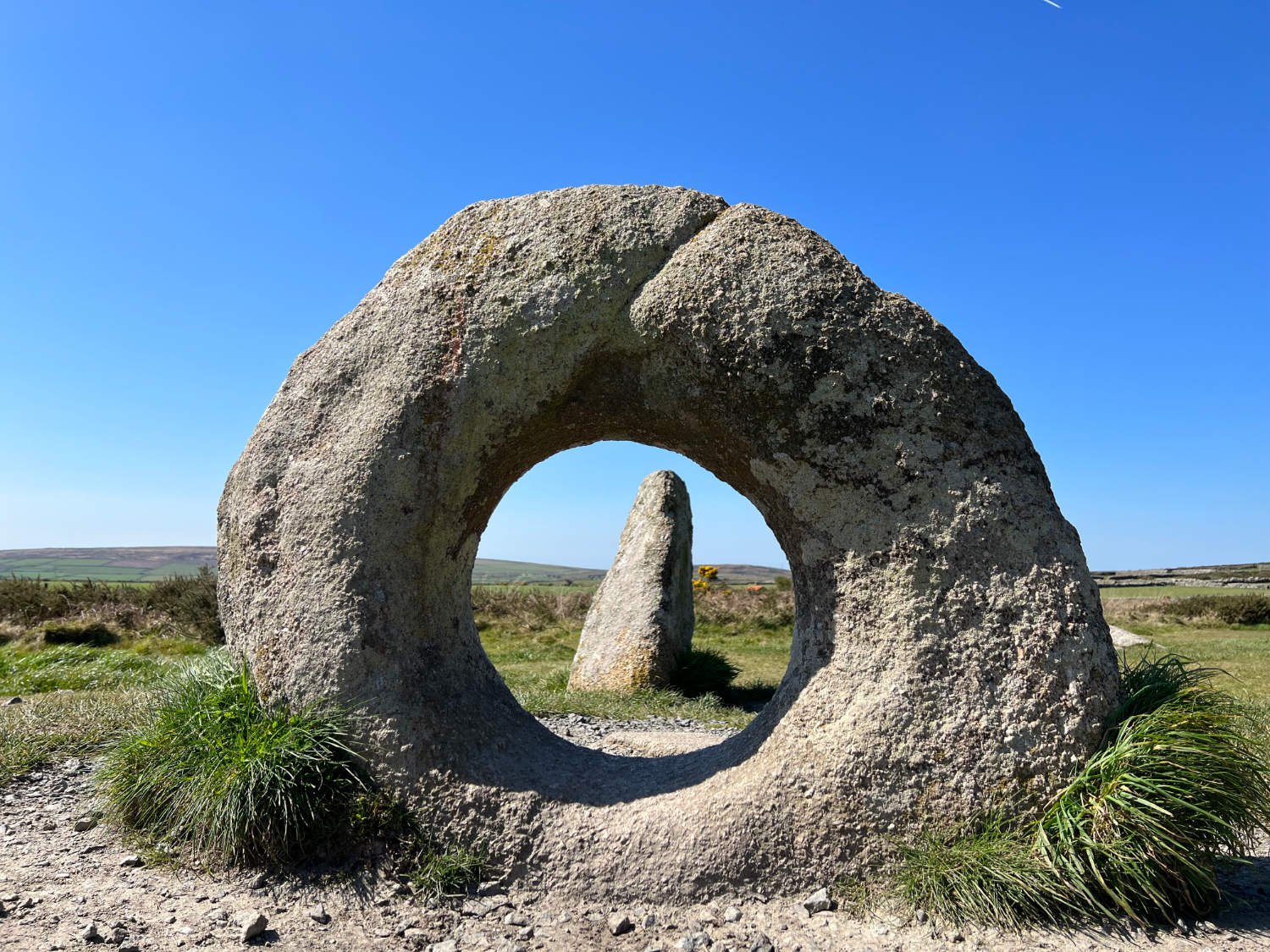

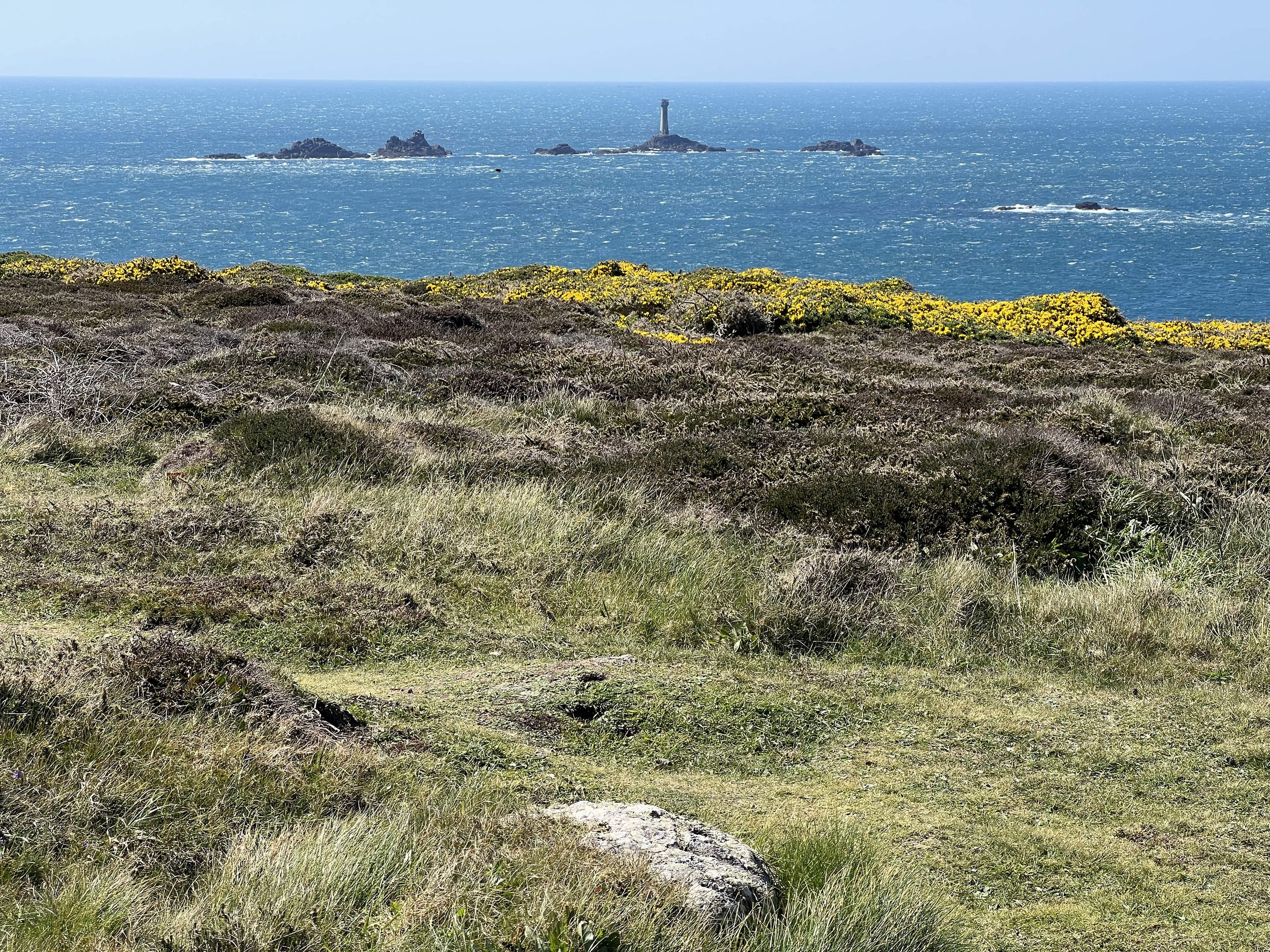
Ride Practicalities
START/FINISH: Trafalgar Square, London/Land’s End DISTANCE: 650km TOTAL ASCENT: 8,000m TERRAIN AND SURFACES: A mix of segregated cycleways, riverside tracks, Roman roads, bridleways, narrow country lanes, farm tracks, miner’s tracks. Many of the lanes in the South-West are little more than tracks, with rough surfaces. This is a ride for a gravel bike with minimum 28mm tyres, ACCOMODATION: There are plenty of B and Bs along the way, as well as hotels and Inns. There are campsites too, other than at the end of the first day. There are plenty of opportunities for wild camping. Each stage finishes where there is a choice of accomodation MAINLINE TRAIN SERVICES: Throughout the route LINKS TO OTHER RIDES: NCN 3, The Cornish Way, The South West Way, NCN 4
For each stage, click on the tile below for detailed notes and a downloadable map
Ride Notes
It is hard to believe, that this small island up in Europe’s north-western corner - the very edge of the world according to the Romans - has such a variety of landscapes. Every day of this week-long route travels through remarkably different countryside.
First, there’s London and the day begins at its very heart, Trafalgar Square, with the sights of Parliament, Palaces and Kings (on their pedestals). You exit the the city on traffic-free cycle lanes past royal parks and arrive at ‘the river’. (Londoners rarely refer to it as the Thames). For centuries the river served as a royal highway and has taken monarchs away from the capital into their less noisome palaces and castles, such as Hampton Court and Windsor. Riding beside the water on an easy gravel path, you see the willows dipping in the water, swans gliding, coxes urging their crews. Towards the end of the day, you ride into Windsor Great Park, a place of 1000 year old oak trees, polo lawns and The Savill Garden, one of the most magnificent in Britain.
Day two takes you across the heaths and through the pine forests of Berkshire, before landing you on Greenham Common where nuclear weapons were housed and where today, semi-wild horses and cattle roam amidst the coconut scented gorse. The old silos have been artfully crafted into a new landscape adding an extra dimension to an already rich common. At Newbury you ride over an old battlefield whose scars have long since healed and through the eye-appealing old coaching town.
Day three is picture book England, of the sort painted by Ravilious and Nash. Rolling downs and stands of trees, villages with churches overlooking greens, a pub and shops. Chalk streams, that rarest of rare worldwide habitats chuckle and glide, trout idly swish their tails, bells ring across the baize of green and the army practice for war on Salisbury Plain, whilst above the orison of guns, the skylarks sing their odes.
By day four you’re into the land of rich pasture of Somerset, a landscape subconsciously familiar to any Englishman; of streams where cattle stoop to drink, of oaks and ash punctuating the hedges which enclose small fields. Chaffinches bullet across lanes, blackcaps twitter nervously as you pass. Cottages are the colour of brown ale. The stately home of Longleat House and with its private and smooth avenues of limes (open to cyclists), make a change from the small lanes and bridlewidleways. (And no, you cannot see the lions whilst riding a bike).
Day five; Oh, this delightful Devon day! Riding on gravelly lanes so narrow that you almost have to squeeze through them, where the country smells of roses, honeysuckle and deep greens. The hills roll steeply, rivers water the meadows of the valleys. Great cafès, cream teas, pubs, castles and rose-adorned cottages line the route. But make no mistake, this is a lumpy day filled with short sharp hills on the increasingly narrow and gravelly Devon lanes.
Day six, and after the pastorale of the last few days, you enter a wilder and more ancient land of moors and neolithic stones. You climb up onto Dartmoor, where, wild ponies rub their rough and wind-swept coats against the medieval crosses which guided pilgrims across the sometimes misty moor. You ride on an old quarry track, past circles of stones and standing menirs whose purpose remains satisfyingly mysterious. The rides down into the valleys are steep, the haul up the otherside laboursome.
By day severn, you’re in Cornwall, a land so old that the rocks are grey with age. The glue which held the stones together, has succumbed to time leaving weird shapes of stone on tors with even stranger names. For the entire day you ride through valleys which were, for a hundred years and more, the richest real estate on Earth and is today a UNESCO World Heritage site. The scars of the industry have created some exciting trails through a haunting landscape of crumbling structures and chimneys and where nature too, is excited to be back. Rare bats flitter at night, rarer grayling butterflies by summer days. The old mineshafts have become SSSIs and some of the rarest plants in Britain are found in them.
Then, on day eight having ridden through the pages of English history, the cliffs at the end of the world await you, as does the dazzling Atlantic light. The ride on rough miner tracks across moorland is the toughest of the route so far, but the reward is the sea, the blue, crashing sea. The cliffs are covered in coconut scented gorse and in summer the fulmars glide around the winding house chimneys which stand on the cliffs like forlorn lighthouses robbed of their lanterns. Any thought that you might have had of quiet contemplation whilst licking a Real Cornish Ice cream whilst staring out to sea at the land’s end, should be dispelled for the tip of England has become a shopping Mall. But it’s still satisfyingly good to be here, at the end of the world.
All the details given on this route are given in good faith. However, situations on the ground can change, so if you know of any access issues, closures, or have any thoughts and feedback on the route, please include them in the comments section below.








L2LE Day 1